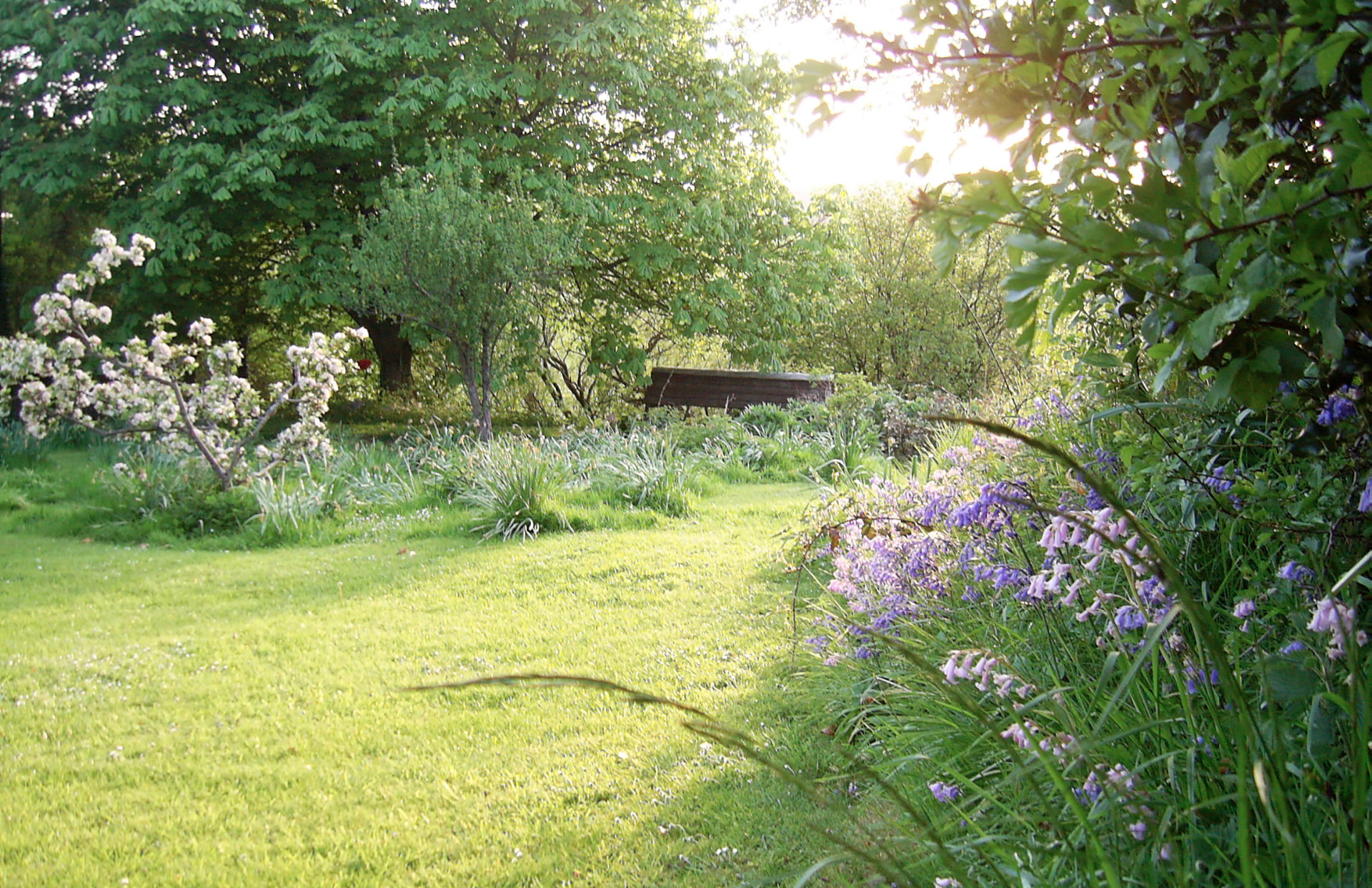Breast Surgery - Specialist Physiotherapy experience establishing a new service within a breast surgery and reconstruction team.
Since 2002, I have had a particular interest in breast surgery following postgraduate study at Christie Hospital, Manchester.
In 2006, 2009 and 2013 I attended specialist three day courses with South African physiotherapist, Willie Fourrie who shared his personal experience of damage to his fascial system and his work with women experiencing complications after breast surgery.
Subsequently, I have been learning with Jan Trewartha, Tracey Kiernan, James Earls, Tracey Mellor and Jenny Burrell to deepen and extend the service I can offer for people who have had breast surgery and/or radiotherapy and chemotherapy.
After almost twenty years working predominantly in oncology and palliative care, I was invited to establish a new physiotherapy post within an existing breast surgery and breast reconstruction team.
With hindsight, this was the springboard for establishing my own specialist service. For some people there is such a need for specialist support in addition to post operative leafltes etc. Bespoke treatments and movements. The right thing at the right time.
I have experience helping people with tightness and scarring after:
mastectomy
wide local excision (WLE, lumpectomy)
immediate and delayed breast reconstruction, including latissimus dorsi, TRAM, DIEP, LICAP flap reconstruction
reconstruction following tissue expander and implant insertion
surgery in the armpit (axilla) including sentinal node biopsy, axillary node sampling and axillary node clearance
cording (axillary web syndrome AWS)
venous cording
lymphoedema
As well as women, I work with men and Trans people.

Scarring and tightness
Fascia is a connective tissue just under the skin. Around the muscles, in between the muscles and amongst our organs – almost everywhere in the body! It embraces the muscles so they can work efficiently and when we move, structures can slip over one another smoothly.
When we have surgery, an injury or radiotherapy, the fascia can be scarred and get stuck – you may know someone who has had painful adhesions after abdominal surgery.
The myofascial techniques I use are very effective on recent scars – perhaps after breast, gynaecological or other trunk surgery and also work well on old scars. It has been moving to use it for women have described themselves as, “disfigured” after Caesarean Section or other abdominal surgery, sometimes many decades earlier.
If you would like to ask me about your scarring, please do.
Exercise and stretching. Timely and appropriate stretches and exercises are important after your operation. I can help you find exercises which are suitable and enjoyable for the stage of recovery that you are at now.
I have seen cording (axillary web syndrome AWS and venous cording) occur after breast or armpit (axillary) surgery or radiotherapy. Hands on treatment is usually very helpful in reliving this.
CCLERS Complex Cancer Late Effects Rehabilitation Service is a specialist service to assess and support people severely adversely affected by their radiotherapy.

Lymphoedema is often managed via specialist clinics who carry large stocks of hosiery (special sleeves). I am trained in simple lymphatic drainage, manual lymphatic drainage (MLD) and skin care, but do not keep hosiery.
If you have had any lymph nodes removed, then long-term skin care for your hand/arm, shoulder area and upper back is important. Daily moisturising is recommended using a simple cream (different Consultants have their favourites) as well as avoiding cuts, stings, having blood taken, blood pressure measured or injections on that side.



